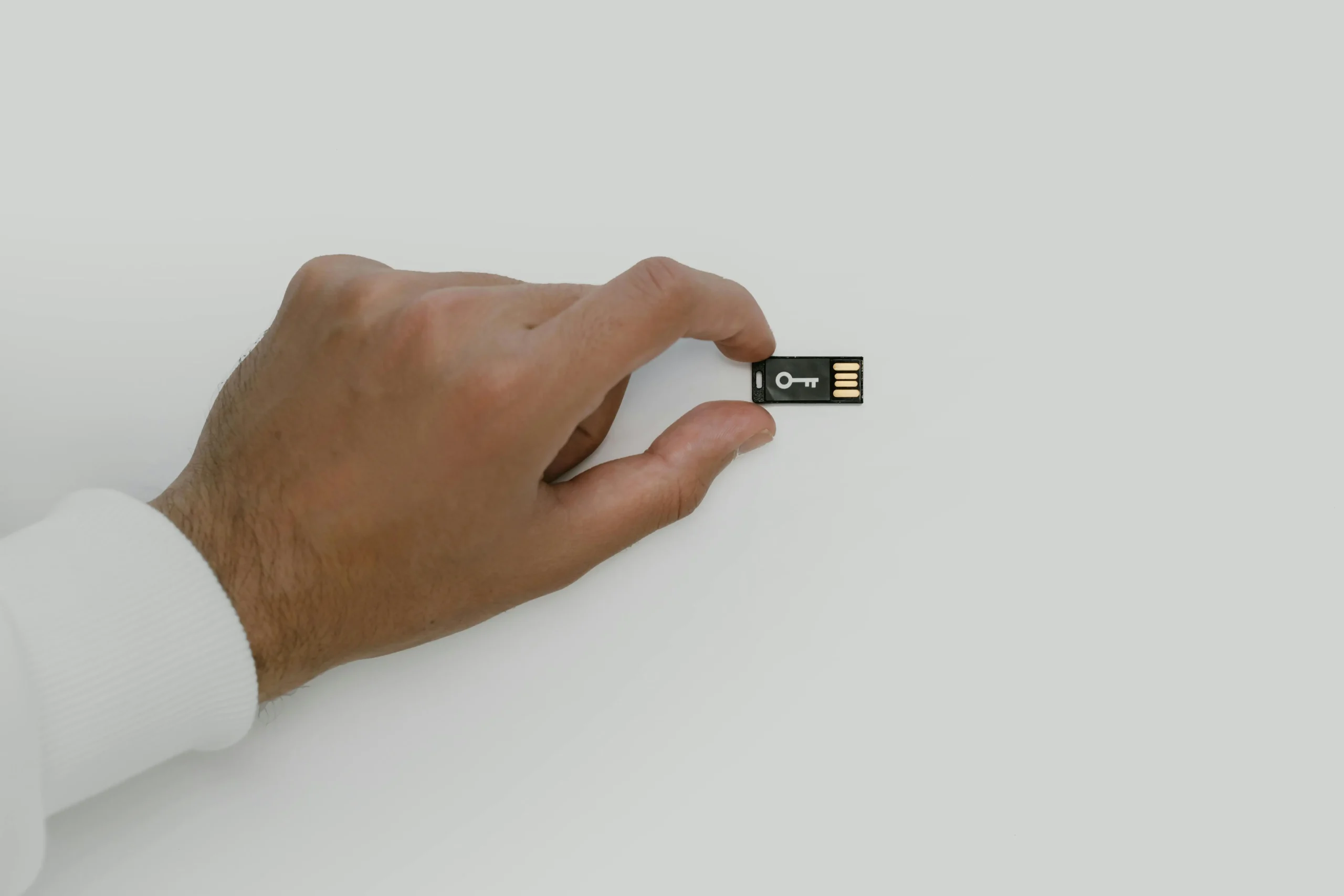Google’s new TPU, Ironwood, is designed to cater to companies struggling with GPU shortages and high energy costs in AI workloads. With Ironwood expected to deliver performance comparable to AMD and NVIDIA GPUs at reduced costs, it aims to alleviate the pressure on businesses facing difficulties in securing GPUs for AI model training and inference. Despite the promise of Ironwood, concerns about chip supply stability persist, as TSMC faces production bottlenecks in advanced chip packaging processes.
As the seventh generation of Google’s TPU platform, Ironwood is optimized for use with TensorFlow, Google’s open-source machine learning framework. This optimization places it at an advantage for TensorFlow-based AI workloads over general-purpose GPUs, which may not achieve the same efficiency in dedicated tasks. Analysts from Omdia have noted that many AI models are built on TensorFlow, emphasizing the importance of dedicated GPUs like Ironwood for effective processing in both research and enterprise environments.
While some experts view the growth potential of TPUs as positive, challenges remain. The existing entrenched platforms, primarily NVIDIA’s CUDA software, may impede widespread adoption of Ironwood. Transitioning established infrastructures built on CUDA to new frameworks like TensorFlow could present significant hurdles, potentially stalling the momentum of Google’s TPU in the enterprise market.
👉 Pročitaj original: CIO Magazine







